
Ontario’s public service heads back to the office, meaning more traffic and emissions
For 15 years and counting, my commute from Mississauga to Toronto has been mired by...
The local town council has approved a sweeping new development in Canmore, Alta., a mountain town adjacent to Banff National Park, despite vocal and prolonged opposition from residents.
On Oct. 24, council voted in favour of the Three Sisters Mountain Village, which has the potential to almost double the town’s population and greatly expand its size.
It was the only option for council after a last-ditch attempt to block the development at the Court of Appeal of Alberta was defeated.
The vote marked the end of over 30 years of debate, changing plans, changing ownership, as well as political and legal battles that will leave a lasting scar on the town.
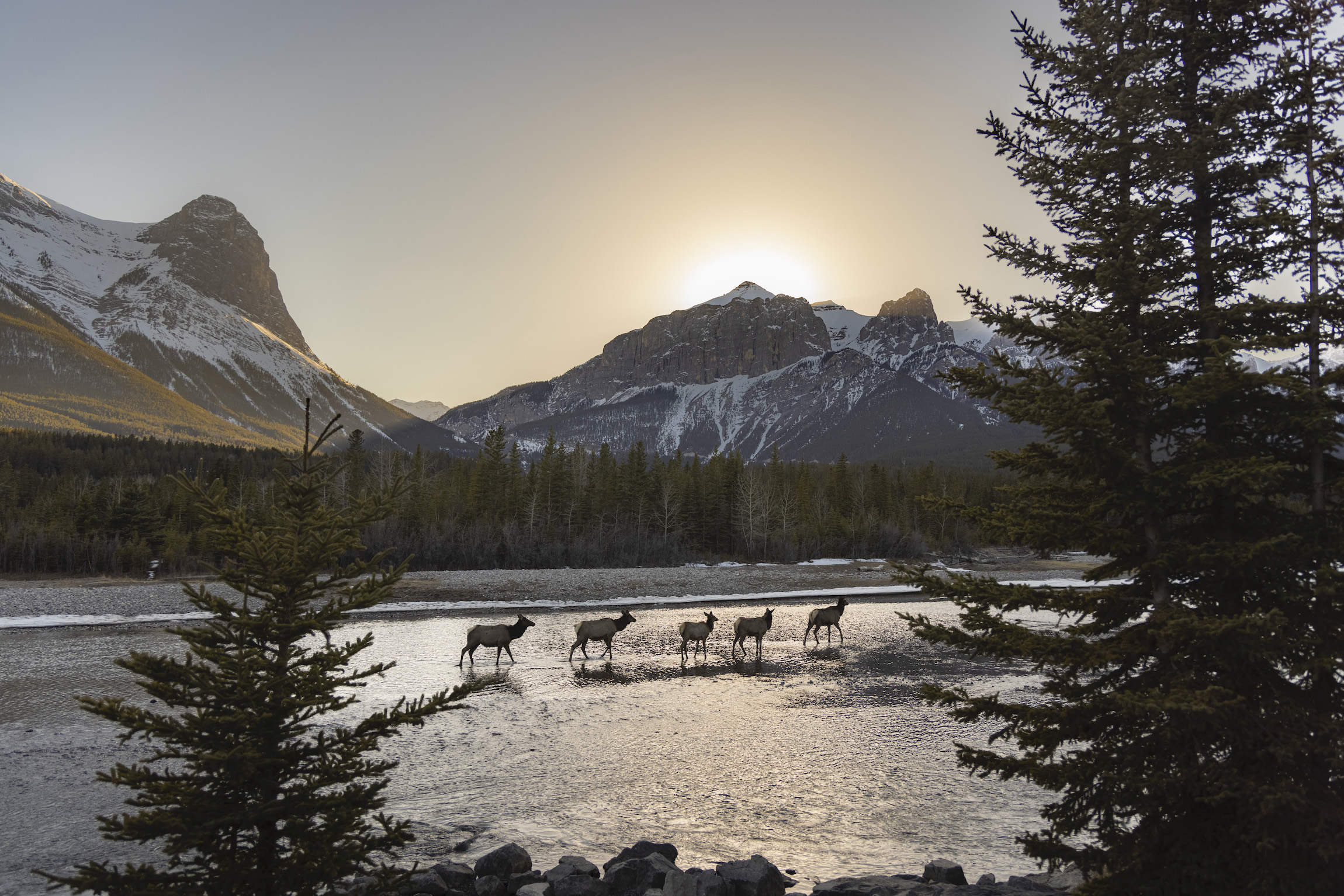
The legal battles over the Three Sisters Mountain Village project weren’t limited to issues of policy and jurisdiction. The developer is also suing the town and several current and former councillors in a $161-million lawsuit for voting against the plan.
Councillors Jeff Hilstad, Karen Marra and Joanna McCallum sat out the vote on Tuesday citing that lawsuit.
The vote was a difficult one for the four members of council who remained.
“If what we witnessed two years ago is the gold standard of democracy,” Coun. Wade Graham said, referring to the outpouring of community opposition and council’s vote against the project. “Then this day is the complete and exact opposite.”
Fighting back tears, the outspoken critic of the development said they fought the good fight and came up short.
“I can’t help but feel that I let you down,” he told the chamber full of residents. “I’m sorry.”
Coun. Jeff Mah, another vocal opponent, said local democracy was being trampled.
“All of the complex issues of our community, the real on-the-ground and day-to-day challenges that we face are now dismissed under the simplistic myopic lens of property rights,” he said.
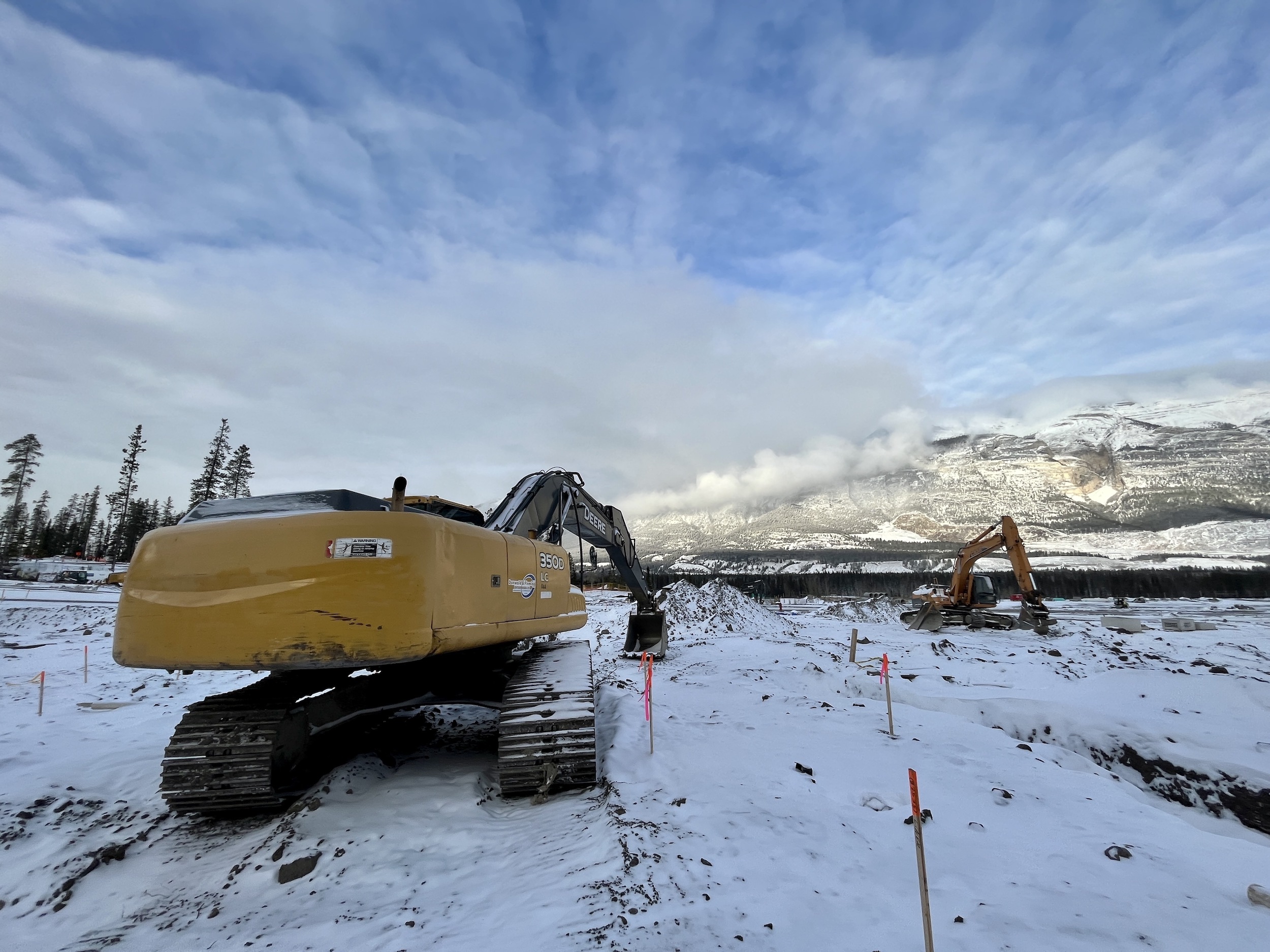
Mayor Sean Krausert then listed off the several motions that had to be approved in order to move forward and announced he would not force the councillors to speak in order to record their vote.
As he went through the motions, lights lit up in front of the councillors to show they voted yes. And as each vote carried unanimously, the crowd started to thin.
“Today was a difficult day,” Krausert said after the vote.
The whole saga started back in 1992, during a period of political turmoil in Canada as the Charlottetown Accord was rejected in a referendum and Quebec separatism surged. In December of that year, the Natural Resources Conservation Board approved a massive development in Canmore that covers approximately 80 per cent of developable land in the town.
The plan was to build golf courses, hotels, housing and commercial properties along a vast strip of land on the west end of the town and snaking down the valley. The board approved of the plan as long as there were adequate wildlife corridors.
Since then, the project has floundered and the property changed hands. The area plans have also changed since council approved previous iterations in 2004. Gone are the golf courses, among other significant changes.
The current plans for two new neighbourhoods include housing for up to 14,500 people, as well as a hotel, arts centre, a possible school, and light industrial, office and commercial spaces.
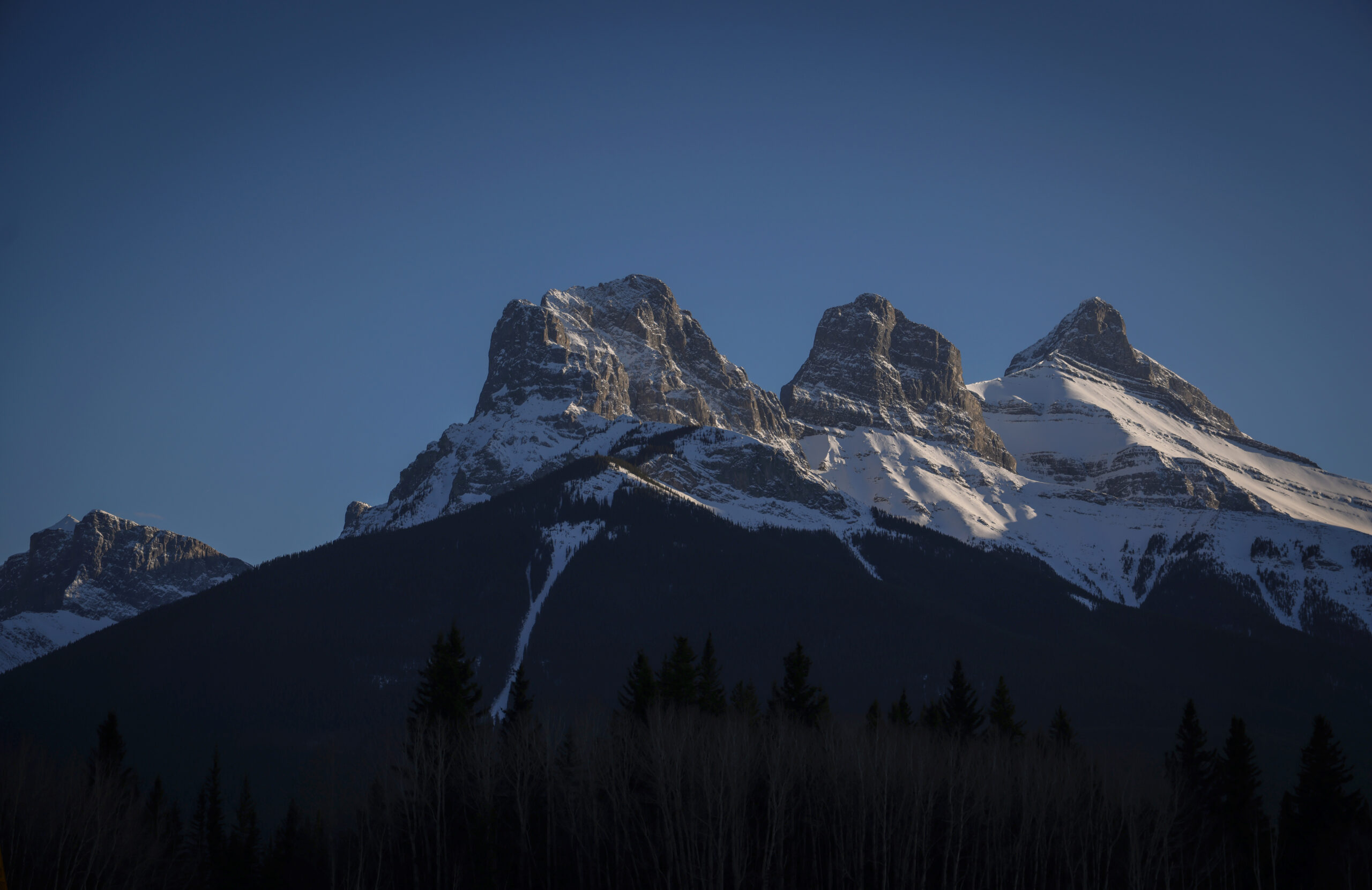
Canmore council voted against the latest plan in 2021 and argued the decades-old approval related to what was essentially a completely different project. That decision was overturned by the Alberta Land and Property Rights Tribunal in 2022, which led Canmore to petition the Court of Appeal.
In November of last year, that court rejected Canmore’s bid to overturn the tribunal decision and, because the town had already pledged not to escalate its battle to the Supreme Court, closed the final legal avenue available to the town.
Now that the area plans and changes to the municipal development plan are in place, the long process of building the full development begins. That in itself could take decades.
“I expect that just like any other area structure plan, over time there may be some variations. And I think that it’s important to have open lines of communication with Three Sisters Mountain Village,” Krausert said in an interview after the vote.
He thinks the vote will have an impact on at least some aspects of the lawsuit filed by the developer.
“I’m sure that there will be some discussions about that,” he said, but wouldn’t elaborate.
“It’s a matter before the courts, and so I probably shouldn’t comment any further,” he said.
Opponents of the development argue the project is too large, taking up most of the developable land left to Canmore, it won’t address housing affordability or vacancy rates and it will impact critical wildlife corridors in the area.
Many are also angry that a provincial tribunal — and a decision dating back over 30 years — can trump local decision-making.
“We’re doing what we can,” Zac Mills, with Bow Valley Engage, said in an interview. “We’re in a very tight position in terms of what our feasible options are going forward.”
Bow Valley Engage was a leading voice in the fight against the project and helped push council to mount its ultimately unsuccessful opposition.

Despite the seemingly impossible goal of preventing the development, Mills said the organization will continue to push back. They organized a protest in front of the Calgary home of one of the owners of the development company on Oct. 22.
“The odds are stacked against us, legally,” he said. “We’re sort of running out of options.”
Bow Valley Engage is shifting its campaign and urging either the owners of Three Sister Mountain Village to donate the land and “add to their philanthropic legacy” or for the provincial government to acquire the land and protect it.
The group has dubbed the area “Grizz Corridor,” as it’s an important valley crossing for grizzly bears.
“This is not some little project that’s going to have minimal impact,” Mills said. “This will forever change the complete social fabric of this beautiful town.”
Mills said they are open to working with the developer, but that the “track record” has shown it is not willing to listen to outside advice.
The nearby Stoney Nakoda Nations also opposed the plan. In a submission to town council in 2021 opposing the project plans, the Stoney Nakoda — composed of the Bearspaw, Chiniki and Wesley First Nations — asserted their Aboriginal and Treaty Rights to the area, including the area where the proposed developments would be built. The nations said consultation since 1992 “have been and remain insufficient.”
The nations argue the developments further impact their traditional territories and want more consultation, and the ability to include Traditional Knowledge in any environmental and cultural assessments of the plans.
The Stoney Nakoda Nations consultation office did not respond to a request for comment by publication time.
The lawsuit alleges the three current councillors and their former colleagues who voted against the area structure plans in 2021, which must be approved for development to take place, acted in “bad faith” and “render them collectively liable to [Three Sisters Mountain Village] for abuse of power of public office.”
It also accused the council of “negligent misrepresentation” and “de facto expropriation” by zoning some of the land as a park — an argument that was upheld by a Court of King’s Bench decision last year.
Chris Ollenberger, the director of strategy and development for Three Sisters Mountain Village Properties Ltd., speaking after the council vote, said the company is eager to move forward.
“It’s an emotional day for everybody in the town. It’s also an emotional day for Three Sisters,” he said. “This isn’t the place we want it to be, or we wanted to get to or how we want to do things. This is, unfortunately, the path that was placed in front of us.”
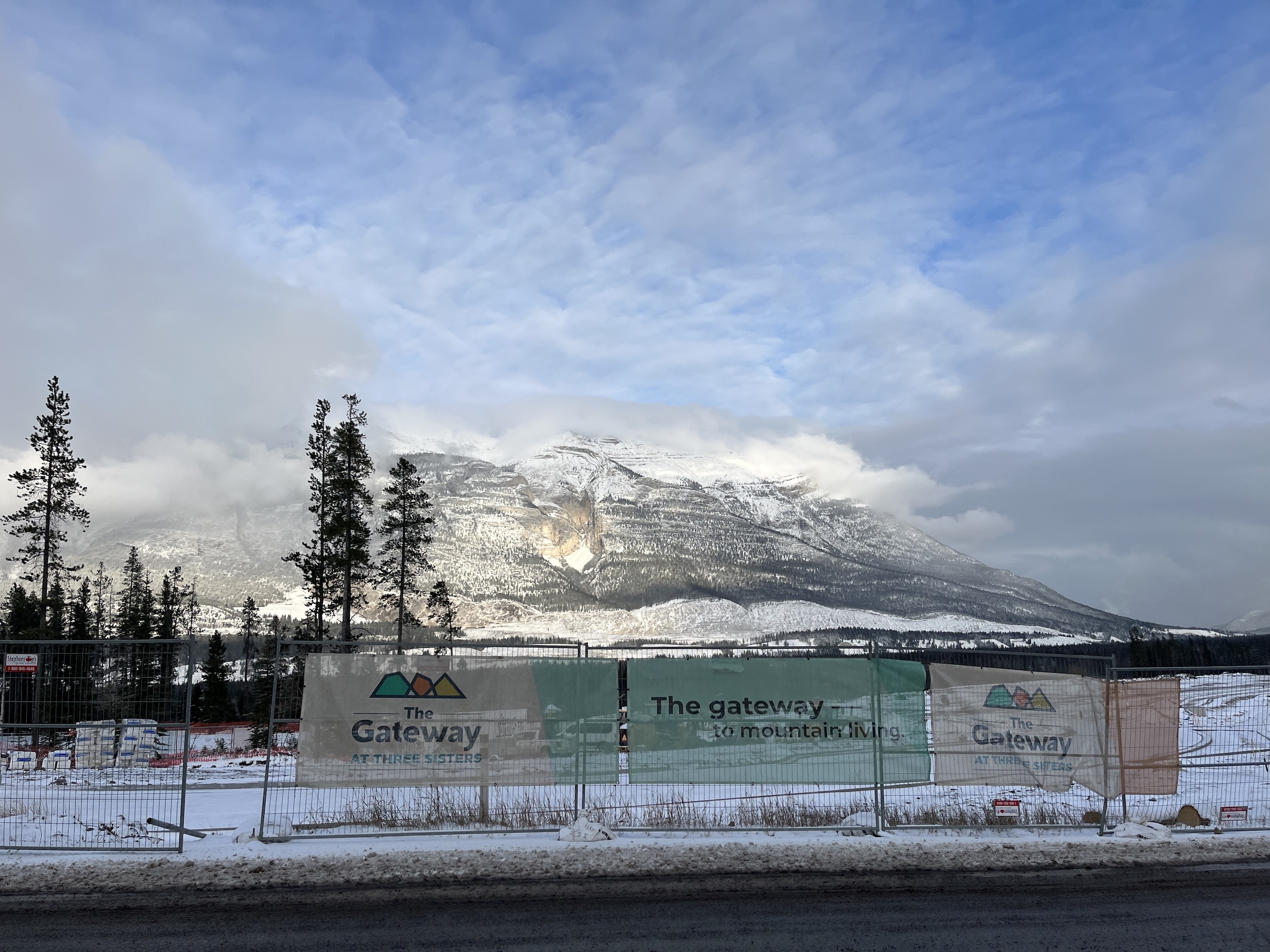
Ollenberger, however, would not commit to ending the lawsuit that still hangs over three of seven members of council.
“We don’t know,” he said when asked directly if the lawsuit would be called off. “What I think we really need to do is sit down with the Town of Canmore and figure out how we move forward.”
He said the developer has incorporated changes to its plans from past public hearings and is open to working with the town and residents on how to shape the developments.
Ollenberger said the company is focused on getting the first phase of the project moving and has already set up a pre-application meeting with the town. The company wants to start construction in 2025, but of course they will still have to navigate the politics of a town where trust has been eroded.
“I’m sure there are some citizens that would prefer to see every roadblock imaginable put up, but that really doesn’t get us anywhere in terms of moving forward, on a conversation level, on building community together,” he said.
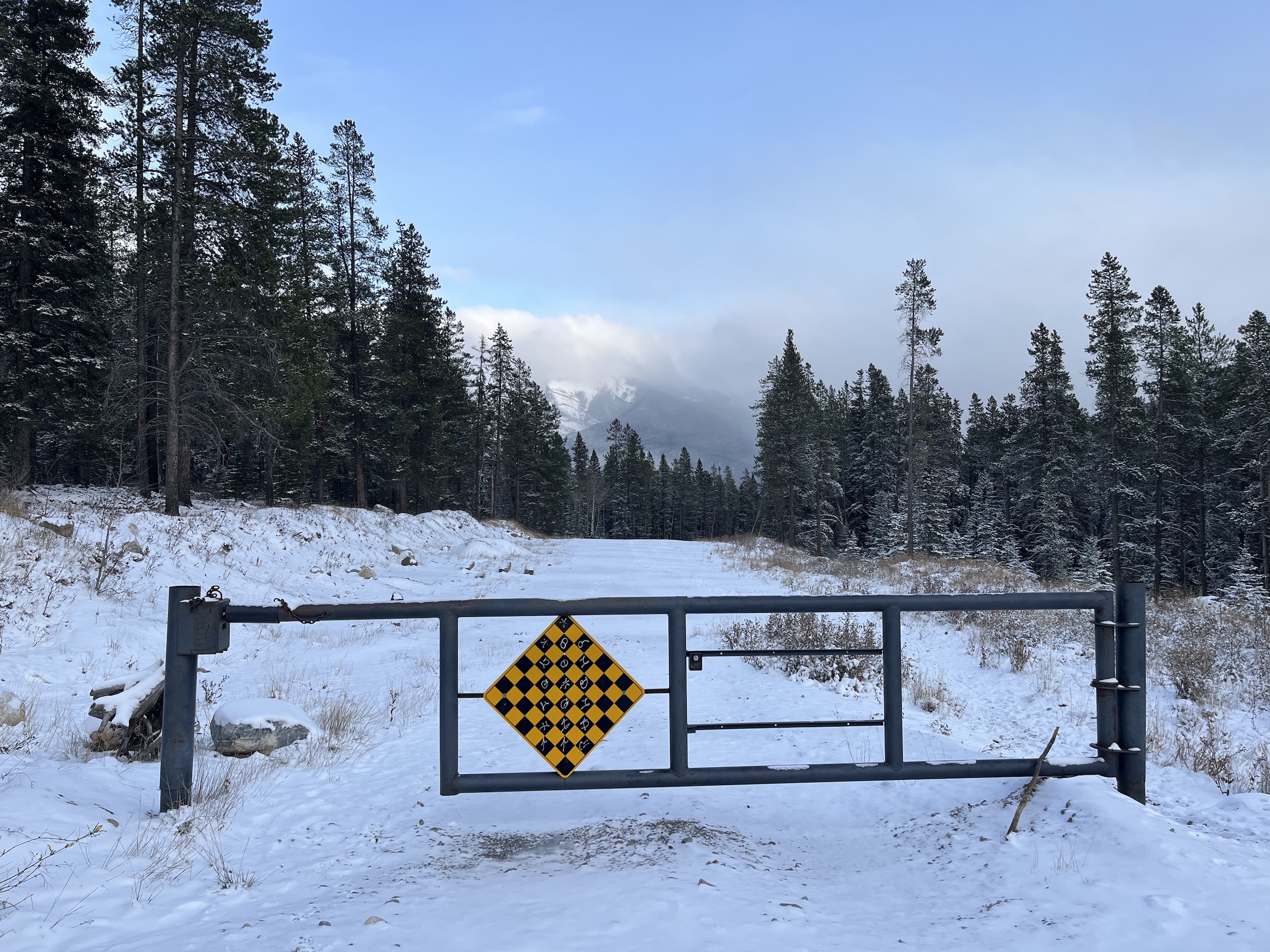
Bow Valley Engage wants to at least see the wildlife corridor that was approved as part of the area plan to be expanded and will continue to push back against the development.
For Krausert, the goal is to focus on recognizing how far apart some segments of the community are and trying to work together to ensure the plan represents the resident’s priorities.
But it’s clear there is a lot of work that has to be done to bring the two sides together, even on his own council.
“I think that there’s going to be some great benefits to Canmore,” he said. “But of course, it’s going to take some time. And today was a difficult day, given the varying emotions.”
Enbridge Gas will face Waterloo Region in a hearing before the Ontario Energy Board to renew an agreement that would allow the company to continue...
Continue reading
For 15 years and counting, my commute from Mississauga to Toronto has been mired by...

For our last weekly newsletter of the year, we wanted to share some highlights from...

The fossil fuel giant says its agreement to build pipelines without paying for the right...